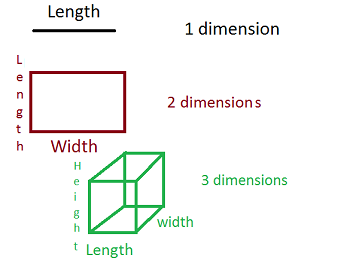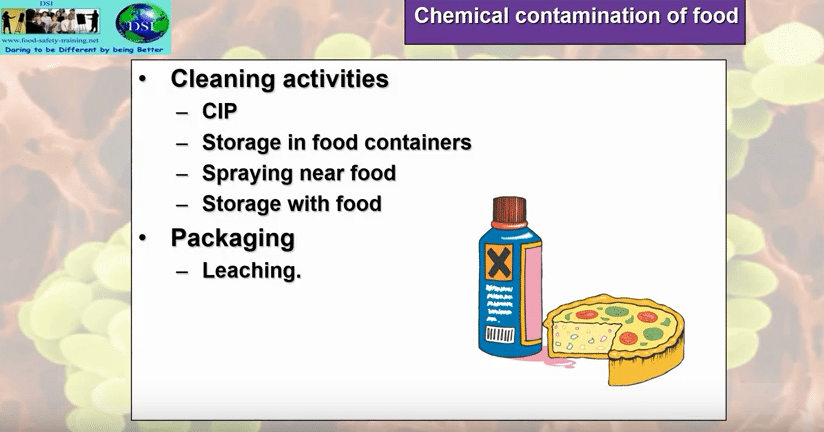Best Practices for Food Workers: Preventing Pests From Accessing Garbage Cans
Introduction: The Importance of Pest Prevention in Food Waste Management
Food establishments are under constant threat from pests such as rodents, insects, and raccoons, which are drawn by food waste and odors. Not only can these pests contaminate food and surfaces, but they also pose significant risks to public health and business reputation. Effective garbage management is a critical line of defense, requiring food workers to adopt best practices that both deter pests and comply with regulatory standards [2] .
Section 1: Use Heavy-Duty Bags and Rinse Food Containers
The first step in pest prevention is to ensure that all food waste is properly bagged before disposal. Loose food scraps, grease, and packaging remnants are strong attractants for pests. Food workers should always:
- Bag all food waste tightly before placing it in the garbage can.
- Rinse bottles, cans, and takeout containers to remove any food residue before disposal. This minimizes odors and eliminates food sources for insects and rodents.
For example, rinsing out a sauce jar or soda can before tossing it not only reduces pest attraction but also supports recycling standards. This approach is supported by food safety training guidelines and is considered a foundational element of pest management in food service [2] .
Section 2: Select and Maintain High-Quality, Pest-Resistant Garbage Cans
Not all garbage containers are created equal. Investing in high-quality bins is a frontline defense against pest intrusion. Key features to look for include:
- Sturdy, chew-proof materials that rodents cannot easily penetrate.
- Secure, tight-fitting lids to prevent both small and medium-sized pests from entering.
- Latches or lockable mechanisms to further deter raccoons and larger animals.
Food workers should routinely inspect containers for cracks, holes, or damaged lids. If a bin is damaged or the lid does not close securely, it should be replaced or repaired immediately. Additionally, bins should be stored on level ground, preferably against a wall but away from “ladders” (such as stacked objects) that pests could use to climb [3] .
Section 3: Keep Garbage Areas and Containers Clean
Regular cleaning of both indoor and outdoor garbage containers is essential. Pests are attracted to food residue and lingering odors, so food workers should:
- Wash garbage cans with detergent and water regularly, ensuring that any spills or leaks are promptly cleaned up.
- Hose down outdoor bins and the surrounding area, especially after any major spills or trash overflow events.
- Use a vinegar solution or a 10% bleach solution for periodic deep cleaning, as recommended by local health authorities [1] [4] .
Keeping the area around the bins clear of debris and food waste is just as important as cleaning the bins themselves. For example, sweeping up spilled food, wiping down surfaces, and removing any standing water will further reduce pest attraction [4] .
Section 4: Secure Container Lids and Manage Garbage Removal Timelines
Garbage container lids must always remain closed, except when adding waste. A closed lid acts as a barrier to pests and helps contain odors. Where possible, use bungee cords or built-in locking mechanisms to ensure lids stay tightly shut, especially overnight when pest activity peaks.

Source: slideshare.net
Additionally, food workers should:
- Schedule garbage removal so that food waste is not left sitting for extended periods, particularly over weekends or holidays.
- Place food waste in outdoor bins only as close as possible to scheduled pickup times to limit pest exposure.
For example, if trash pickup is every Monday, ensure that bags containing food waste are not placed outdoors until late Sunday evening. This strategy limits the window of opportunity for pests [1] .
Section 5: Inspect and Maintain the Garbage Storage Area
Food workers should inspect garbage storage areas daily to identify any signs of pest activity, such as droppings, gnaw marks, or nesting material. Steps include:
- Ensuring the area is free from clutter, which can provide hiding places for pests.
- Removing any standing water that could support pest breeding.
- Storing bins slightly away from walls to allow for thorough inspection and cleaning.
- Making sure outdoor containers have drain plugs securely in place to prevent leakage and standing water [5] .
For example, an overflowing bin or a puddle near the dumpster can quickly lead to a pest infestation if not addressed promptly.
Section 6: Training, Communication, and Compliance
Consistent training is essential for all food workers. Management should provide clear guidance on proper garbage handling, cleaning schedules, and what to do if pests are spotted. Regular reminders and visible signage near garbage areas can reinforce best practices. Additionally, food establishments must comply with local health codes and food safety standards, which often mandate specific procedures for waste management and pest control.
If you are uncertain about local regulations or best practices, contact your city or county health department, or consult resources provided by the Environmental Protection Agency or the U.S. Food and Drug Administration. These agencies offer updated guidelines on food safety and waste management for the food service industry.
Section 7: Overcoming Common Challenges and Alternative Approaches
Despite best efforts, some challenges-such as limited storage space, irregular pickup schedules, or budget constraints-may arise. In these cases, food workers can:
- Request more frequent trash pickups from waste management providers.
- Rotate bins and alternate cleaning schedules to ensure no container is neglected.
- Use pest-proof containers or add approved latches to existing bins.
- Seek assistance from licensed pest control professionals if infestations persist.
For locations with composting programs, ensure compost bins are also tightly sealed and emptied regularly, as decomposing food can be even more attractive to pests than regular trash. Always follow composting guidelines provided by your municipality or waste management provider.

Source: slideshare.net
Key Takeaways
Preventing pests from finding food in garbage cans is a multi-step process that requires diligence, proper equipment, and staff training. By bagging waste, rinsing containers, using secure bins, keeping areas clean, managing garbage timelines, inspecting storage locations, and maintaining compliance with health codes, food workers can significantly reduce the risk of pest infestations.
References
- [1] Aptive Pest Control (2022). How to Pest-Proof Your Garbage Cans.
- [2] Safe Food Training (n.d.). ServSafe MN Tips for Keeping Pests Out of Your Garbage.
- [3] Waste Advantage Magazine (2020). A Rundown on Mitigating the Effects of Garbage Can Pests.
- [4] NYC Department of Health (n.d.). Pest Proofing Food Service Establishments.
- [5] Food Safe Pal (2024). Garbage Containers and Food Safety for Food Handlers.
MORE FROM eboxgo.com













